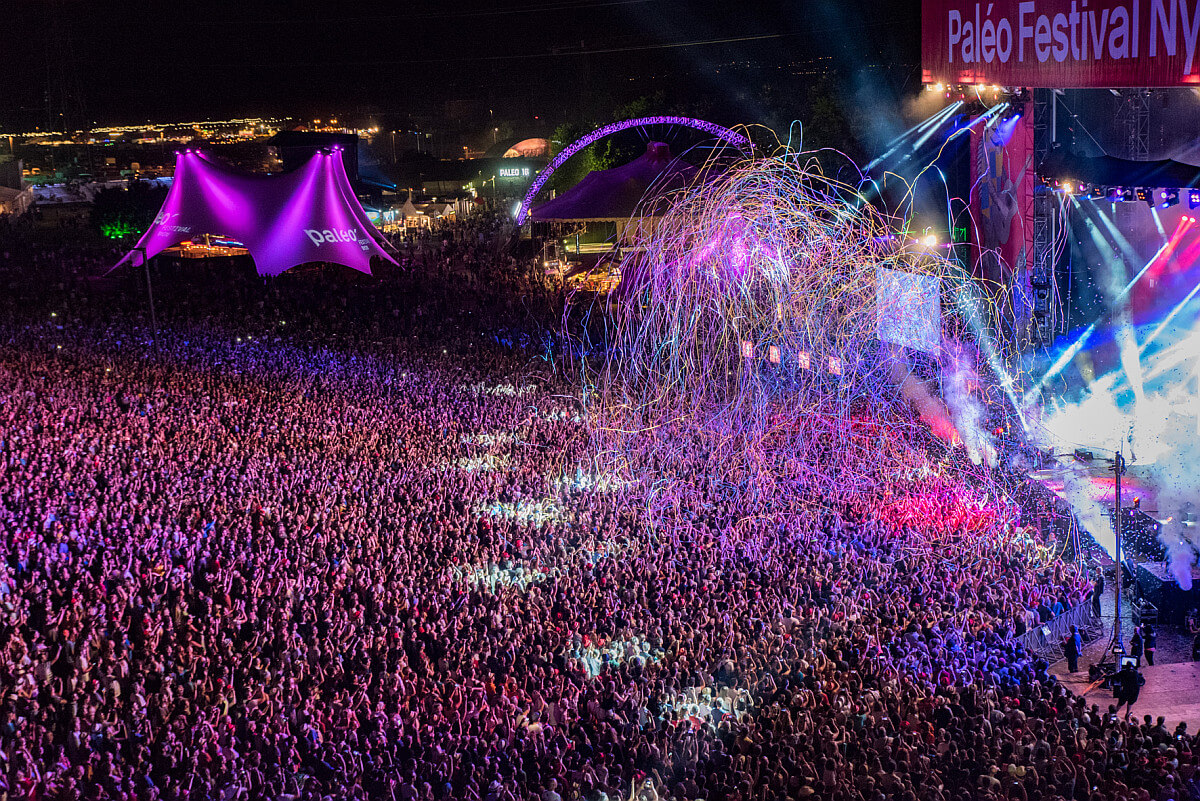Why counting people is no longer a “nice to have”

Why counting people is no longer a “nice to have”
For a long time, counting people was perceived as a “plus.” A tool reserved for department stores or major events, used above all to look good in a report or to vaguely estimate attendance. But those days are over.
Today, in a world where every square meter is expensive, where expectations for experience and sustainability are exploding, Knowing how many people are entering, leaving, moving around, occupying a space or waiting becomes vital. Counting is no longer a gimmick. It is a strategic lever, a driver of action, sometimes even a survival factor.
Everything has changed: data has become a compass
Imagine a coworking space manager in Geneva. Every day, he asks himself: how many positions are being used? Do I need to open an additional meeting room? Does the heating have to run all day on this empty floor? In the past, he trusted his intuition. Today, it relies on a dashboard powered in real time by smart counting sensors.
This case is far from being an isolated one. From Retail To theevent-based, going through the offices, the museums Or the smart cities, thousands of managers, operators and decision-makers switch to a logic driven by data. And that data often starts with something simple, but valuable: Know how many people are there, when, and why.
Understanding its flows is understanding its places
Counting people is more than just adding up entries. It's understanding the life of a place.
It's watching how people move there, where they stay, when they leave. It means detecting troughs, anticipating peaks, adjusting resources.
In other words: it is to transform a static space into smart place, capable of constantly adapting to those who pass through it.
Let's take the example of a music festival. Before, attendance was evaluated “at a glance”, with a bit of luck and a few security guards. Today, thanks to counting, the organizer knows to the minute:
- What is the average passage time at each entrance
- Where do bottlenecks form
- How many people actually attended the main concert
- When flows need to be reoriented for reasons of safety or comfort
And most importantly, it can capitalize on this data to improve the experience in the following years, justify the allocated budgets, or sell premium spaces to its partners.
Five reasons why counting is no longer an option
1. Avoid waste
Why heat, light, or clean an empty space? With reliable occupancy data, you can adapt your resources to reality. This represents immediate savings, but also a reduction in your carbon footprint — a strategic challenge for many companies today.
2. Streamlining the experience
In a store or a shopping center, reduce waiting time at the cash register or better guide customers immediately improves their satisfaction... and your performance. Every minute counts. Each course can be optimized.
3. Securing intelligently
In a stadium, train station or airport, safety also depends on your ability to know How many people are present at the moment T. Counting is becoming an ally of the security services and a reinsurance tool for the public.
4. Making informed decisions
What days do you attract the most people? What areas are underused? What marketing campaign actually generated traffic? Counting gives you answers quantifiable, exploitable, comparable. It takes you out of the blur.
5. Adapting to standards and anticipating the future
Tertiary decree, ESG obligations, environmental certifications, energy sobriety issues... Occupancy data are An essential component of sustainable buildings and the city of the future. Without counting, it is difficult to justify, model, pilot.
The new standard: smart metering
Today, technology goes much further than the simple “click” of a turnstile or the blurred camera at an entrance. Modern solutions combine:
- High precision 3D sensors, installed discreetly
- Video analysis using artificial intelligence, respectful of privacy
- Simple and intuitive interfaces, connected to your business tools
- Real-time alerts, to act immediately in the event of an anomaly
It is no longer just a question of “knowing how much”, but of understand why, and especially of be able to act accordingly.
The ROI is there. And it's fast.
An office space equipped with sensors can save up to 30% on energy costs in a few months.
A shopping center can double your conversion rates by adapting its teams and activities to peak attendance.
An event manager can Optimize your ticketing, prove its real attendance, and sell its partner spaces at a higher price.
👉 On average, our customers see a return on investment between 3 and 6 months. And beyond that, they have a sustainable competitive advantage: the control of their flows.
Conclusion: stay in the race or get ahead of the curve
The professional world no longer has the luxury of managing its spaces “by instinct”. Counting people has become a pilot base for those who want to optimize their operations, improve their impact and create memorable experiences.
Do you also have questions about the real occupancy of your spaces?
Are you wondering if it is time to act?
At Technis, we support you in making counting a lever for sustainable performance.
Would you like me to publish this content in LinkedIn version, Newsletter or video script ? I can also help you make one landing page optimized for lead generation.
Latest articles
Stay up to date with everything that's going on at Technis: product news, articles, and tutorials.







.jpg)
